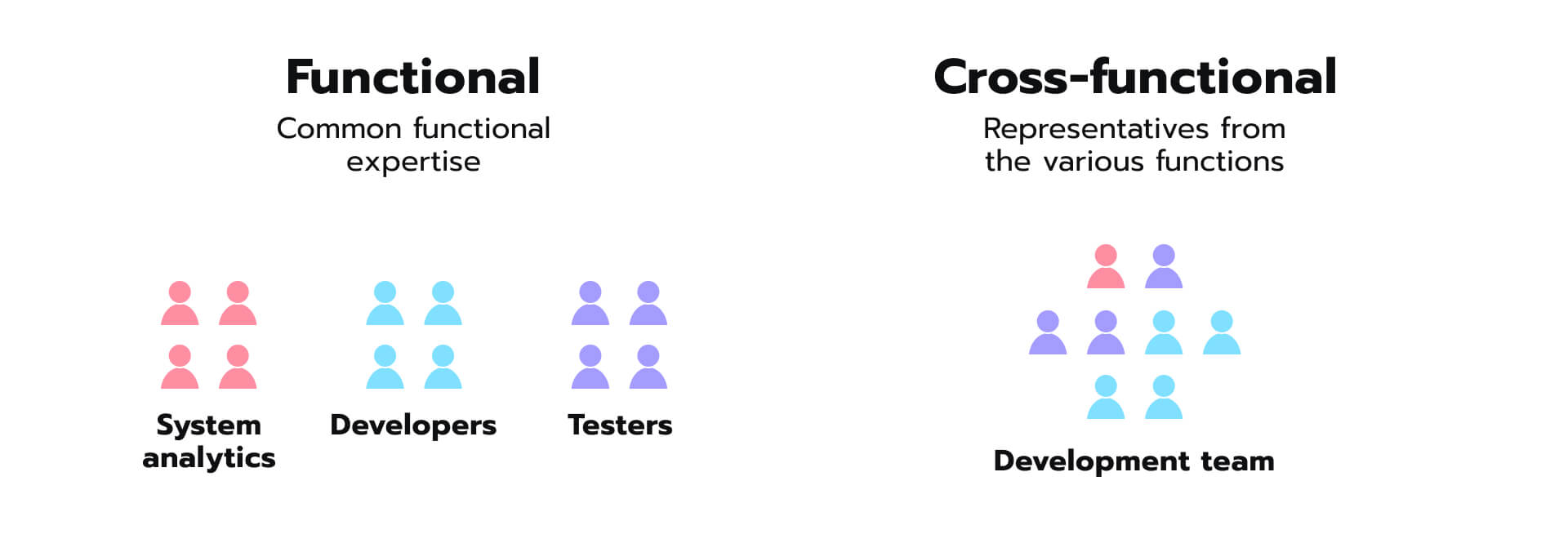Breaking Barriers: The Power of Cross-Functional Teams
In today’s fast-paced and ever-evolving business world, the key to success lies in the ability to adapt and collaborate effectively. One powerful tool that companies can leverage to achieve this is the use of cross-functional teams. These teams are made up of individuals from different departments or disciplines within an organization who come together to work on a specific project or goal. By breaking down traditional silos and fostering collaboration, cross-functional teams have the potential to unlock success in ways that traditional hierarchical structures cannot.
One of the biggest advantages of cross-functional teams is their ability to break down barriers that often exist between departments in an organization. Instead of working in isolation, team members from different areas of the company are brought together to share their unique perspectives and expertise. This diversity of thought can lead to more creative and innovative solutions to complex problems. By working together towards a common goal, team members learn to appreciate and leverage each other’s strengths, leading to a more cohesive and effective team dynamic.
Another advantage of cross-functional teams is their ability to drive efficiency and productivity. Instead of waiting for information or decisions to trickle down from upper management, team members have the autonomy to make decisions on the spot and take action as needed. This agile approach to problem-solving can lead to faster decision-making and execution, ultimately driving results and accelerating project timelines.
Furthermore, cross-functional teams have the ability to foster a culture of continuous learning and development within an organization. By working alongside colleagues from different disciplines, team members have the opportunity to expand their skill sets and knowledge base. This not only benefits individual team members but also the organization as a whole, as employees become more versatile and adaptable in their roles.

Image Source: avenga.com
Additionally, cross-functional teams have the potential to improve communication and collaboration within an organization. By bringing together individuals with different backgrounds and expertise, teams are forced to communicate and work together effectively in order to achieve their goals. This can help break down communication barriers that often exist between departments and improve overall organizational effectiveness.
In conclusion, the power of cross-functional teams lies in their ability to break down barriers, drive efficiency, foster continuous learning, and improve communication and collaboration within an organization. By harnessing the diverse perspectives and expertise of team members from different departments, companies can unlock success and drive results in today’s competitive business world.
Discovering Success: How Collaboration Drives Results
In today’s fast-paced business world, the key to success lies in collaboration. Cross-functional teams, made up of individuals from different departments and areas of expertise, have become increasingly popular in the business world. These teams bring together a diverse range of skills and perspectives, leading to innovation, creativity, and ultimately, success.
One of the biggest advantages of cross-functional teams is their ability to break down silos within an organization. When team members from different departments work together towards a common goal, they are able to share knowledge, ideas, and resources in a way that is not possible when working in isolation. This collaborative approach leads to a more holistic view of the business, allowing team members to see the bigger picture and make more informed decisions.
Collaboration also drives results by fostering creativity and innovation. When individuals with different backgrounds and expertise come together, they are able to bring unique perspectives to the table. This diversity of thought leads to the generation of new ideas and solutions that may not have been possible if each team member was working on their own. By encouraging open communication and the sharing of ideas, cross-functional teams are able to push the boundaries of what is possible and drive innovation within the organization.
Furthermore, collaboration within cross-functional teams leads to increased efficiency and productivity. When team members are able to work together towards a common goal, they are able to leverage each other’s strengths and skills. This allows for tasks to be completed more quickly and effectively, leading to faster results and greater success for the organization as a whole. Additionally, collaboration within cross-functional teams can help to identify and address any potential roadblocks or challenges that may arise, leading to more efficient problem-solving and decision-making.
Another key advantage of cross-functional teams is their ability to foster a culture of learning and development within an organization. When individuals from different departments come together to work on a project, they have the opportunity to learn from each other and develop new skills. This not only benefits the individual team members but also the organization as a whole, as it leads to a more knowledgeable and skilled workforce. By encouraging collaboration and learning within cross-functional teams, organizations can ensure that they are able to adapt to changing market conditions and stay ahead of the competition.
In conclusion, cross-functional teams play a crucial role in unlocking success in the business world. By bringing together individuals with different backgrounds and expertise, these teams are able to drive innovation, creativity, and ultimately, results. Through collaboration, cross-functional teams are able to break down silos, foster creativity, increase efficiency, and drive learning and development within an organization. In today’s competitive business landscape, organizations that embrace the power of cross-functional teams are sure to thrive and succeed.
The Benefits of Cross-Functional Teams in Business